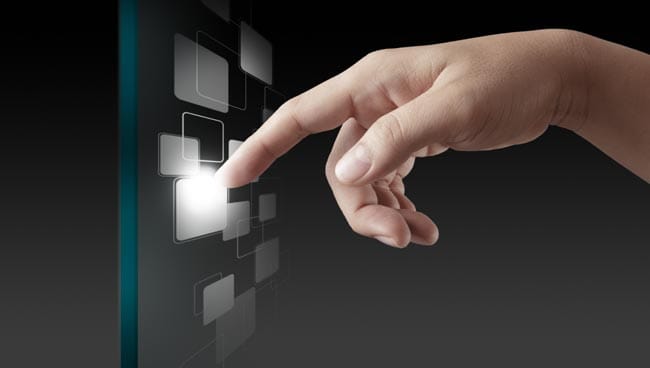
Biometric Technology
Biometric technology, such as voice recognition and touch ID fingerprint sensors, has been widely popularised by mobile phone makers in recent years – putting incredibly powerful and disruptive technology into the hands of millions. Organisations worldwide are now trying to take advantage, with UK consumers indicating that they are ready to embrace biometric banking in order to ease data privacy and security concerns. With the recent news that HSBC and First Direct will introduce biometric banking using voice verification in the UK, the technology looks set to have a profound impact on the banking sector in the years to come.
Moving away from passwords
A recent survey from Experian found that three in five people (61 per cent) believe “biometric identification is either just as secure as or more secure than the current systems of passwords.” Biometric technology is particularly well suited to the banking industry and offers significant advantages for the bank and end user alike. Certain forms of identification, such as passwords, are easy to counterfeit, which has led to the rise in identity theft we see today. To counteract this, the banking industry is increasingly looking to technology solutions such as two factor authentication and voice verification using biometrics to enhance security and protect the financial information and identity of consumers. In addition, passwords are often difficult for consumers to remember. Biometric authentication is a great solution for consumers not able to recollect multiple passwords that are required to access various accounts.
The benefits of biometrics
When it comes to biometric banking, it’s all about striking the balance between convenience and security. Biometric technology is generally dependent on a single action, rather than having to, for example, input an 8-16 character password. For banking at home, whether over the phone or through a bank’s online portal, which means replacing traditional passwords and security questions with a biometric alternative such as voice verification.
Telephone banking can feel like an exam, especially when consumers are asked security questions that they struggle to remember the answers to. Voice verification easily circumvents this obstacle and provides total assurance that the person on the line is who they say they are. The use of voice recognition allows the call to proceed as it should, without being hindered or delayed by security questions.
Unlike documents that can be forged and passwords that can be cracked, a person’s voice is unique. Voice verification software is becoming increasingly sophisticated, and therefore of great use to the most security conscious industries such as banking. Today’s tools are able to identify not just the words being spoken, but their tone and cadence, an audio fingerprint that can be used to prove beyond doubt that the speaker is who they claim to be.
Voice biometrics has many advantages for both the financial institution and the consumer. It streamlines the authentication process by removing the need for additional equipment a human operator all together – lower operational costs significantly; complex passwords and PINs are no longer required; the authentication process needn’t be duplicated and, more significantly, the use of voice biometrics in the call centre and other channels can prevent information obtained from data breaches from being used. From the consumer perspective, it all also allows all actions and transactions to be managed from any device, anywhere. Users don’t need to remember anything, they don’t require any special equipment and their location isn’t important. All they need is any voice enabled equipment, such as a phone, laptop or mobile device, and their voice for authentication.
For cash machine transactions, biometric technology means replacing the traditional PIN code with identity verification, such as iris or facial recognition technology. One concern that consumers have today is someone stealing their debit card and taking money from their account. With traditional cash machines, someone would simply need the card and pin number to do this. New biometric technology has brought about machines that use iris or facial recognition technology that not only requires the debit card, but also an iris scan, before allowing you to complete the transaction.
As we move to a more connected, online world, we need a more effective, sustainable way to securely prove who we are, and because of this shift, biometric technology, such as voice verification and facial recognition, has become more popular. Particularly in banking, biometric technology is changing the way we manage security. It will be interesting to see how it develops over the next few years and how the technology adapts to customer expectations and the realities of implementation. After years of providing voice biometric solutions to the government and financial services sector, the recent increase in demand for this technology points to a sea-change in adoption.
Edward Grant, CFO & Co Founder at Solgari, a cloud business communications provider including biometric voice verification services


